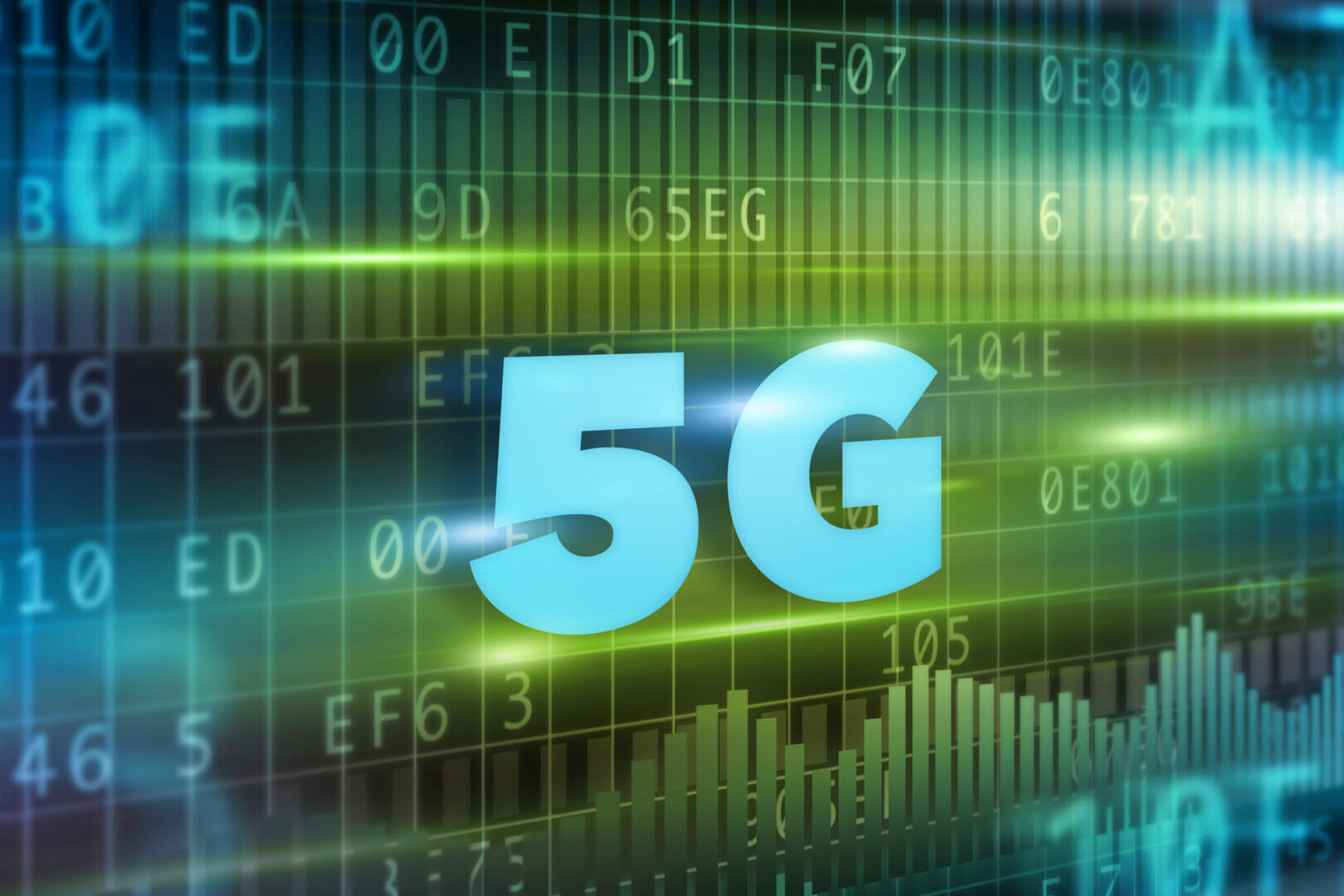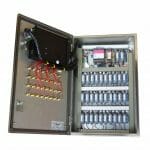Businesses across industries are already flocking towards investments in edge computing, realising the value of local data collection and analysis at key manufacturing and processing sites. So, it’s no surprise that additional emerging technologies will help skyrocket the pace of adoption of edge. 5G is a great example of this, especially as the two technologies will work in tandem in the coming years to amplify the power of data analytics throughout the supply chain.
Edge enables 5G
Despite the massive hype surrounding 5G, the technology is still extremely new, having been deployed in only a few highly controlled markets. Edge computing, provides a means to process, filter and even protect data locally, which in turn will play a key role in enhancing the value of 5G networks. The enhance value of the edge computing/5G combination include, reduced costs of cloud storage and processing, the ability to run more applications at the edge and the ability to remotely control and manage edge assets. Additionally, there is a cybersecurity benefit for edge by reducing the data and therefore the threat canvas of data over any network. This increased security will prove essential for companies where data is critical to operational success or highly regulated.
The good news is that while 5G is in the early stages of being deployed, edge computing providers are already incorporating data protection and cybersecurity capabilities in edge devices, so as 5G networking development accelerates, these features will increase edge users’ confidence in new networking capabilities.
5G will elevate cloud and edge cooperation through real-time control
As companies aim to take advantage of these benefits and establish a new array of IoT possibilities like smart cities and autonomous vehicles, edge components will need to be deployed in a hybrid model with cloud components to foster more real-time machine control systems. What’s more, 5G’s increased networking capabilities will prove pivotal in strengthening the connections between edge devices and cloud computing knowledge centers.
Consider autonomous vehicles as an example. The edge computer within each car will need to handle real-time operation of the vehicle, but some decisions will require peripheral, cloud-based information. The edge component of the car, for example, will be responsible for safely navigating intersections and avoiding accidents on the road. Meanwhile, navigation decisions and route-planning will likely originate in the cloud. By improving communication between edge and cloud components, 5G will provide a foundation for countless IoT innovations.
Helping manufacturers understand consumers
Manufacturers often struggle to understand the consumers their products ultimately serve, as it is extremely challenging for business to navigate the necessary steps of the supply chain to assess consumer needs and feedback. In order to address these challenges, 5G connectivity and edge analytics capabilities will gather performance data of IoT consumer products and provide this data to manufacturers even after deployment, without sacrificing customer privacy. In the case of a smart refrigerator, for example, manufacturers will have a clearer picture of which parts are performing well and which might need more frequent replacements. This level of smart data can help manufacturers improve upon existing products.
Manufacturers will thus have increased capabilities to assess product performance and use, allowing them to make more informed decisions on product research and development.
5G and edge computing are symbiotic technologies. By increasing the efficiency and security of data analysis, 5G networking capabilities will drive edge adoption. As intelligent data becomes more paramount in the digital economy, businesses using edge computing will realise the benefits of 5G networks. This mutually beneficial relationship will underpin a wide variety of exciting new IoT applications for businesses and consumers alike.
By Jason Andersen, VP of business line management, Stratus Technologies







